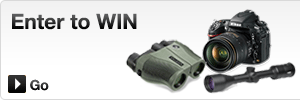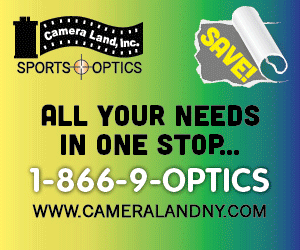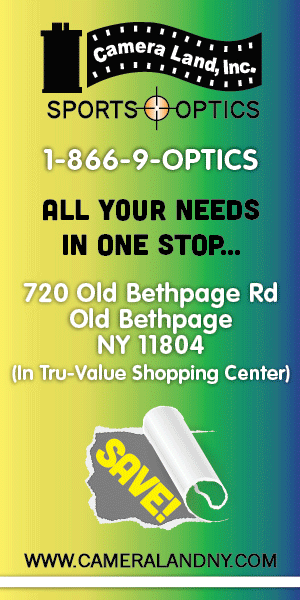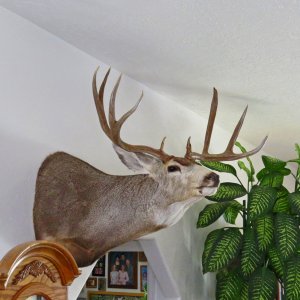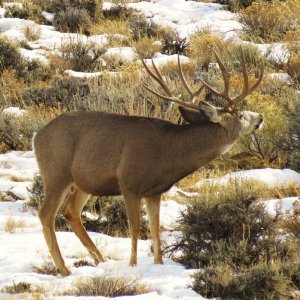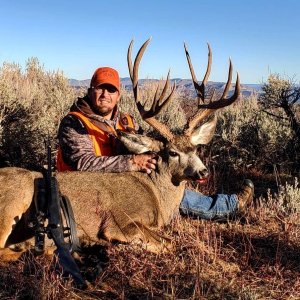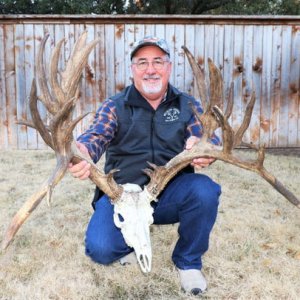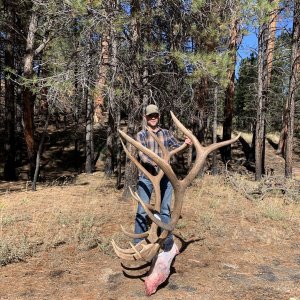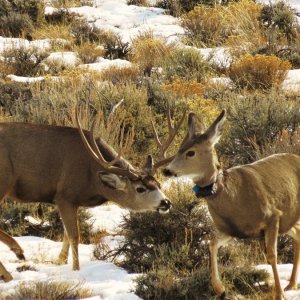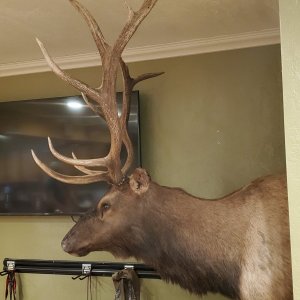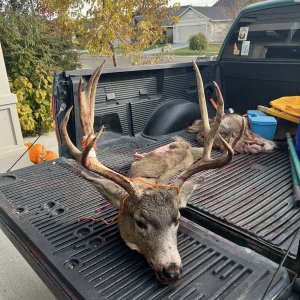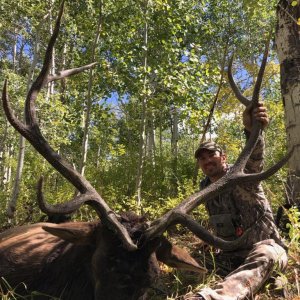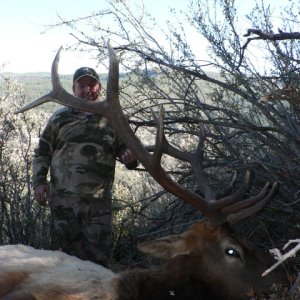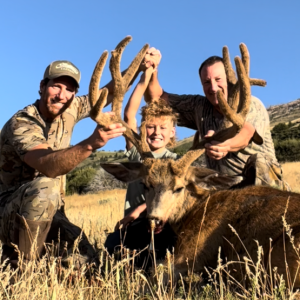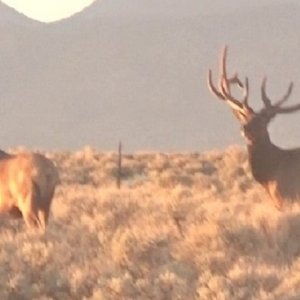Timberdoodle
Member
- Messages
- 14
I know i have a fairly cheap scope by many people's standards on here (Nikon Spotter XL 16-48 x 60), but i'm considering upgrading to either a higher quality spotter or a pair of 15x binocs and was wondering how functional the higher magnification (maybe above 20x) truly is for most of you. It seems like even under decent conditions, once i go above 20x, i either lose image quality due to heat shimmers or the images get a little dark. Main use would be for muleys, antelope, and to a lesser extent elk. Any thoughts?



